Pulleys are integral components in various mechanical systems, providing an efficient way to transfer power, change direction, or reduce force. In cable systems, pulleys play a critical role in improving performance and enhancing the overall function of machinery. Whether you’re working in the fitness industry, manufacturing, or general engineering, understanding the types, functions, and benefits of pulleys is crucial for optimizing your system’s efficiency.
Pulleys are also used in specialized, limited applications such as military systems that require mil-spec cables and fittings.
What Are Pulleys for Wire Rope Cable Systems?
A pulley is a simple machine consisting of a wheel with a groove in its rim, which guides a rope, cable, or belt, making it perfect for efficient cable management. Pulleys are used in conjunction with a cable system to move heavy loads with less effort. In a cable-driven system, pulleys help redirect the force applied to the cable, either lifting or moving objects or even reducing the amount of force required to move them.
When used in cable systems, pulleys help with:
-
Changing the direction of force: A cable can be redirected through the pulley, enabling vertical, horizontal, or even angled movements.
-
Distributing weight and force: Multiple pulleys in a system (such as a block and tackle) can distribute force evenly across the system.
-
Reducing effort: By using multiple pulleys or larger diameter pulleys, the effort needed to lift or move an object can be significantly reduced.
Types of Pulleys Used in Cable Systems
There are several types of pulleys commonly used in cable systems, each offering specific advantages depending on the application.
-
Fixed PulleysA fixed pulley has a stationary axle, and its main function is to change the direction of the force applied to the cable. It doesn’t reduce the force required to lift an object, but it makes tasks more efficient and easier by allowing the operator to pull downward instead of upward.
-
Movable PulleysA movable pulley is attached to the load, and as force is applied to the cable, the pulley moves. This setup helps reduce the effort needed to lift a load. The mechanical advantage provided by a movable pulley is often used in systems where heavy lifting is required, like in gyms or construction.
-
Compound PulleysA compound pulley is a combination of both fixed and movable pulleys. These systems offer greater mechanical advantage, enabling users to lift heavier loads with less effort. Block and tackle systems, often seen in cable-driven fitness machines or industrial setups, are a good example of compound pulley systems. Consulting with a knowledgeable team can help ensure you select the right type of pulley for your specific needs.
-
Tandem PulleysTandem pulleys use two or more pulleys working together on the same axis. This system is often used in complex cable systems that require the distribution of force over a larger area, such as in cable machines for resistance training or in automated machinery.
Benefits of Using Pulleys in Cable Systems
Pulleys offer several advantages that make them a key component in many applications:
-
Increased Efficiency: Pulleys help reduce friction, allowing for smooth and easy operation. They can also multiply force, making it easier to lift heavy loads with minimal input. Customer reviews often highlight the increased efficiency and reliability of high-quality pulley systems, with many products receiving high ratings for their performance.
-
Improved Safety: In some fitness equipment, pulleys reduce the risk of injury by providing controlled resistance and smoother transitions between exercises. In industrial settings, pulleys ensure safer handling of heavy machinery.
-
Space Efficiency: Because pulleys allow for more compact systems, they help optimize space without compromising on power or functionality.
-
Customization: Pulleys come in a variety of sizes and materials, making them customizable to fit specific needs and capacities, whether you’re using them for light-duty tasks or heavy-duty lifting.
Materials for Pulley Systems
The materials used to manufacture pulleys for cable systems can have a significant impact on their performance, durability, and maintenance needs. Some of the most commonly used materials include:
-
Steel: Known for its strength and durability, steel pulleys are commonly used in heavy-duty systems, from industrial machines to fitness cable systems.
-
Aluminum: Lighter and corrosion-resistant, aluminum pulleys are ideal for lighter applications or where weight is a concern. Aluminum pulleys are often in stock and readily available, making them a convenient choice for many applications.
-
Plastic and Nylon: Used for low-load applications, plastic and nylon pulleys are lightweight and inexpensive but may wear out quicker than metal options.
Pulley Design Considerations
When designing a pulley system, several factors must be considered to ensure optimal performance and longevity. The type of cable or wire rope used is crucial, as it affects the pulley’s diameter, material, and bearing type. For instance, nylon pulleys are ideal for smaller cables due to their lightweight and smooth operation, while steel pulleys are better suited for heavier loads and harsher working environments, offering superior strength and durability.
The diameter of the pulley is another critical factor. It directly impacts the cable’s bending radius, which in turn affects the cable’s lifespan. A larger pulley diameter can significantly increase the bending life of the cable, sometimes up to thirteen times, making it essential to choose the correct diameter for the application. This consideration is particularly important in systems where the longevity of the cable is a priority.
Additionally, the bearing type and material used in the pulley can significantly impact its performance and lifespan. Bearing-mounted pulleys with bronze bushings or roller bearings provide smoother operation and a longer lifespan compared to plastic pulleys. These bearings reduce friction and wear, ensuring that the pulley system operates efficiently over time. When selecting pulleys, it’s important to compare the different options available and choose the one that best suits the specific requirements of your cable system.
Applications of Cable Pulleys
Cable pulleys have a wide array of applications across different industries, including:
-
Fitness Equipment:Pulleys are an essential part of many gym machines, such as cable machines, resistance training systems, and overhead pulleys for exercises like lat pulldowns and tricep pushdowns. Their ability to provide smooth, adjustable resistance makes them popular in both commercial and home gyms.
-
Construction and Rigging:Pulleys are often found in cranes, hoists, and other machinery used to move heavy loads vertically or horizontally. They help distribute weight and reduce the strain on the system and operator.
-
Automated Machinery:Pulleys are commonly used in systems that require the movement of cables for lifts, conveyors, or assembly lines. The simplicity of the pulley system ensures reliable performance even in high-demand environments. Many suppliers ensure that these pulleys are in stock and ships promptly to meet the demands of high-demand environments.
-
Boats and Marine Applications:Sailboats and other maritime vessels rely heavily on pulleys to adjust sails, move anchors, and perform various tasks requiring direction changes in ropes or cables.
-
Theatrical Rigging:In theaters and concert halls, pulleys are used to raise and lower curtains, lights, and other stage equipment, allowing for seamless transitions between performances.
Installation Guidelines for Cable Pulleys
Proper installation of cable pulleys is essential to ensure safe and efficient operation. Before installation, it is crucial to inspect both the pulley and the cable for any signs of damage or wear. Ensuring that the pulley is free from cracks and the cable shows no signs of fraying will help prevent potential failures.
The pulley should be installed in a manner that allows for smooth cable movement, with the cable properly seated in the pulley’s groove. This ensures that the cable runs smoothly and reduces the risk of it slipping out of place. The mounting system of the pulley is equally important; it must be securely attached to the surrounding structure to handle the loads it will bear. This is particularly critical in heavy-load applications, where a secure mounting system is vital to prevent accidents and ensure the system’s stability.
Regular maintenance is also essential to keep the pulley system operating smoothly and efficiently. This includes routine inspections to check for wear and tear, cleaning to remove dirt and debris that could cause friction, and lubrication of moving parts to reduce friction and ensure smooth operation. By following these installation guidelines, you can achieve a reliable and efficient pulley system.
Maintenance and Care for Cable Pulleys
Maintaining pulleys in a cable system is critical for ensuring longevity and preventing malfunctions. Regular checks should be made for the following:
-
Cable Wear: Ensure the cable is properly seated in the pulley groove and show no signs of fraying.
-
Lubrication: Regular lubrication of moving parts helps reduce friction and ensures smooth operation.
-
Cleaning: Dirt and debris can cause wear and tear, so keeping pulleys clean is essential.
-
Inspection: Periodically inspect pulleys for signs of cracks or damage, especially in high-stress environments.
Best Practices and Safety Precautions
When working with cable pulleys, adhering to best practices and safety precautions is paramount to prevent accidents and ensure optimal performance. Always wear personal protective equipment, such as gloves and safety glasses, when handling cables and pulleys. This protective gear helps prevent injuries from sharp edges or frayed cables.
During installation or maintenance of a pulley system, ensure that the work area is clear of obstacles and tripping hazards. This helps create a safe environment and reduces the risk of accidents. Never overload a pulley system, as exceeding the recommended load capacity can lead to catastrophic failure and serious injury. Always follow the manufacturer’s guidelines regarding load limits to ensure safe operation.
Regularly inspect the pulley system for signs of wear or damage. Promptly replace any damaged components to maintain the system’s integrity and performance. Following the manufacturer’s instructions for installation, maintenance, and operation is crucial for the longevity and efficiency of the pulley system. By adhering to these best practices and safety precautions, you can ensure a safe and efficient pulley system that achieves optimal performance and longevity.
Conclusion
Pulleys are essential for maximizing efficiency and reducing the physical effort required in various cable systems. From fitness equipment to industrial applications, understanding the different types of pulleys and how they function is key to optimizing their use. Whether you're selecting pulleys for gym machines or designing a complex rigging system, the right choice can make a significant difference in performance and longevity.


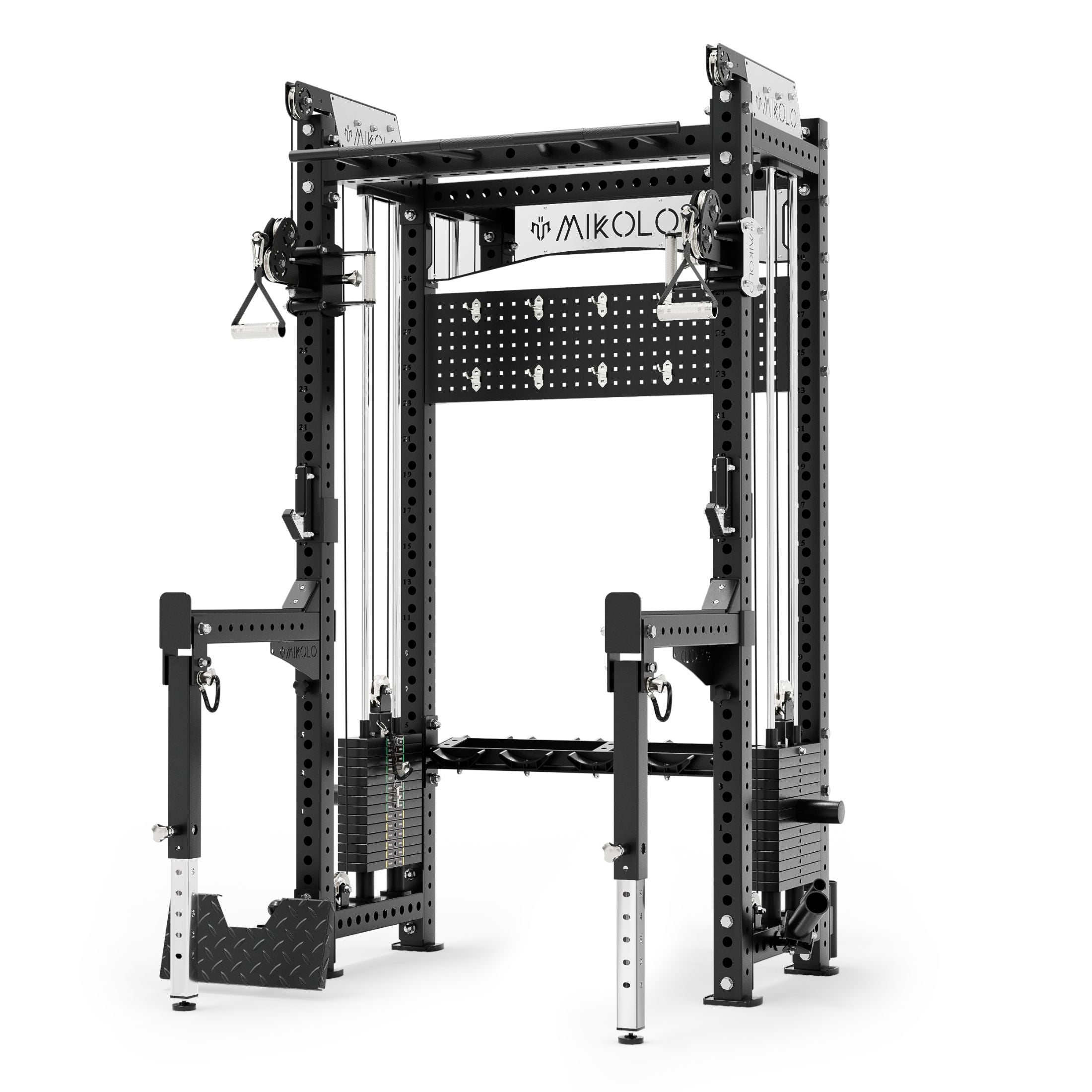
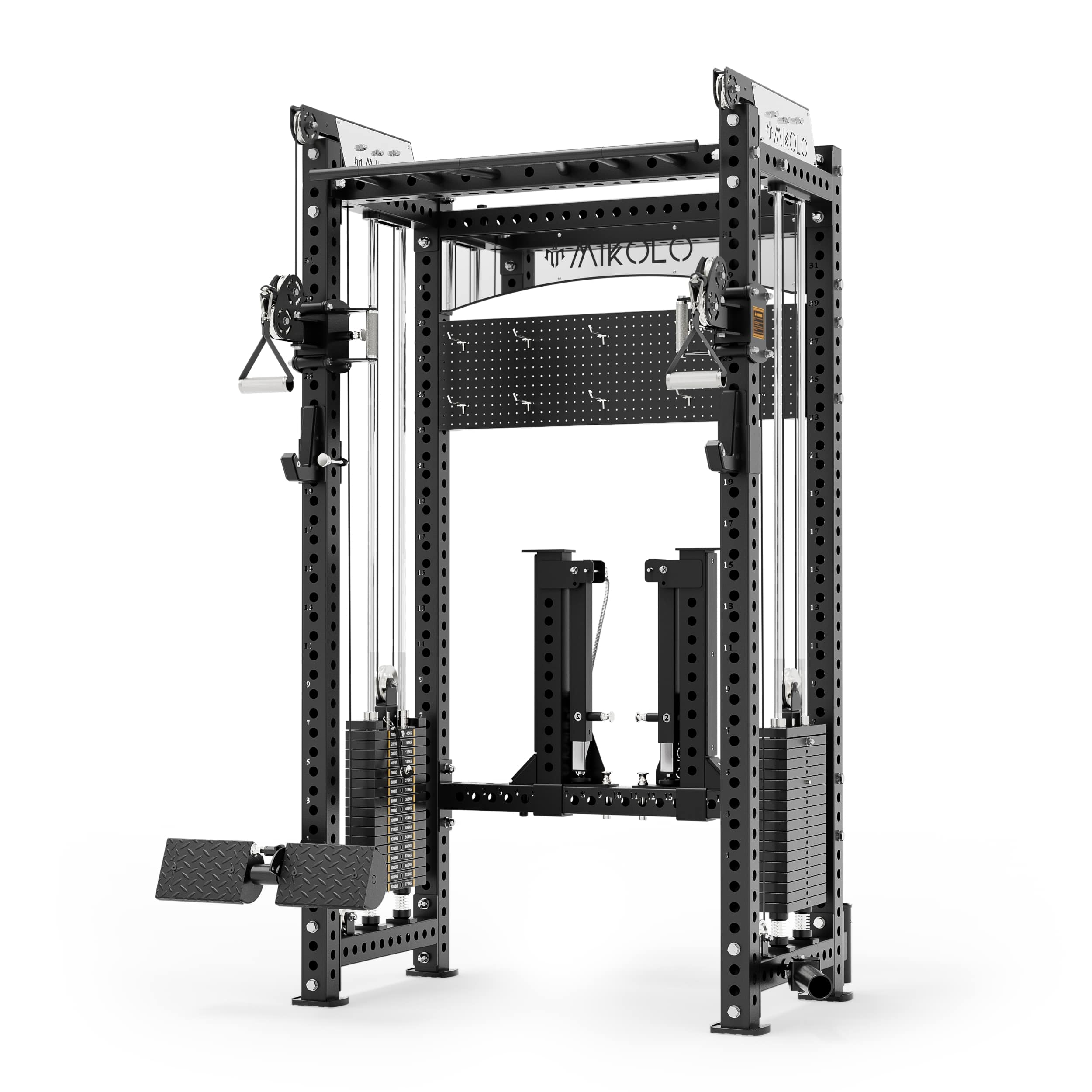
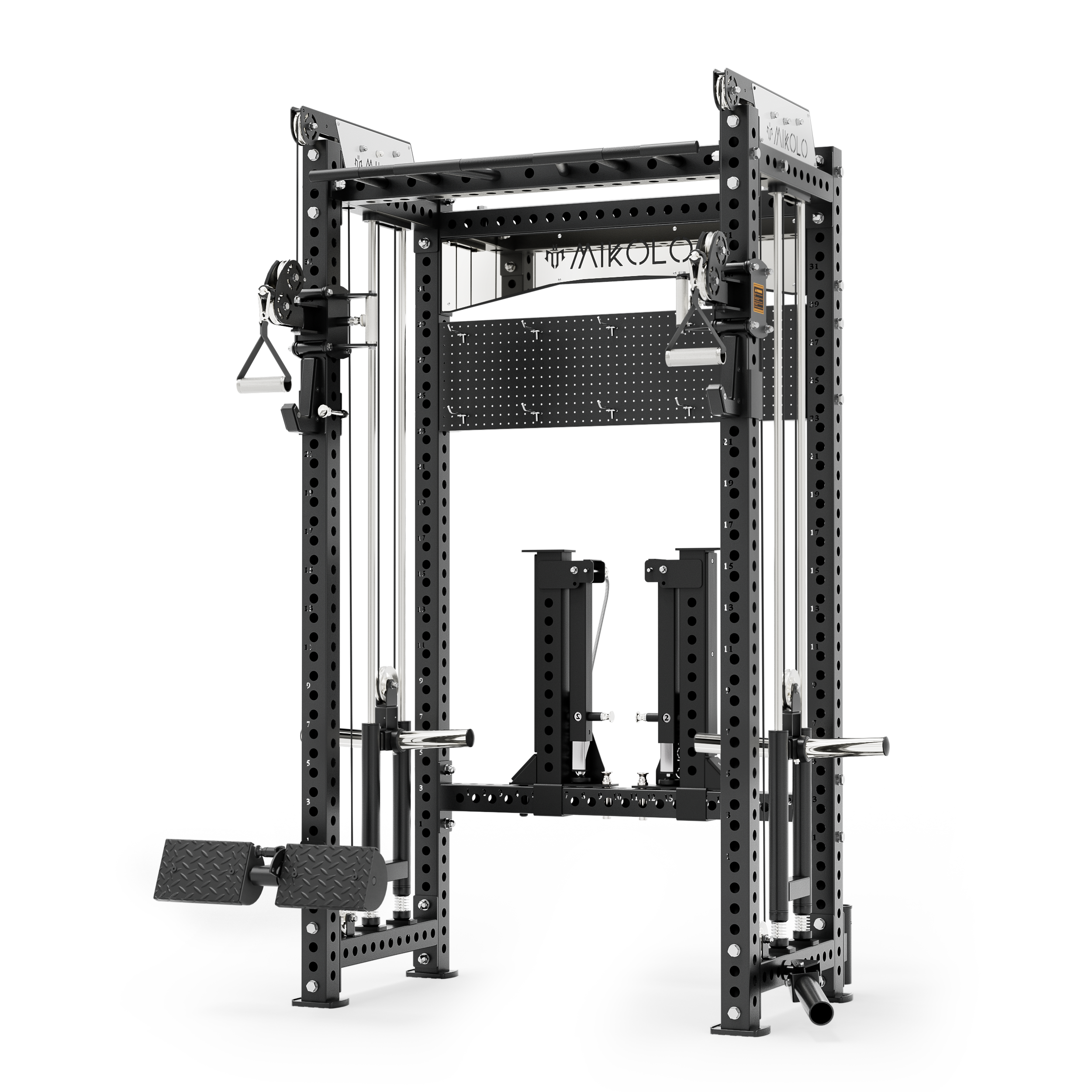


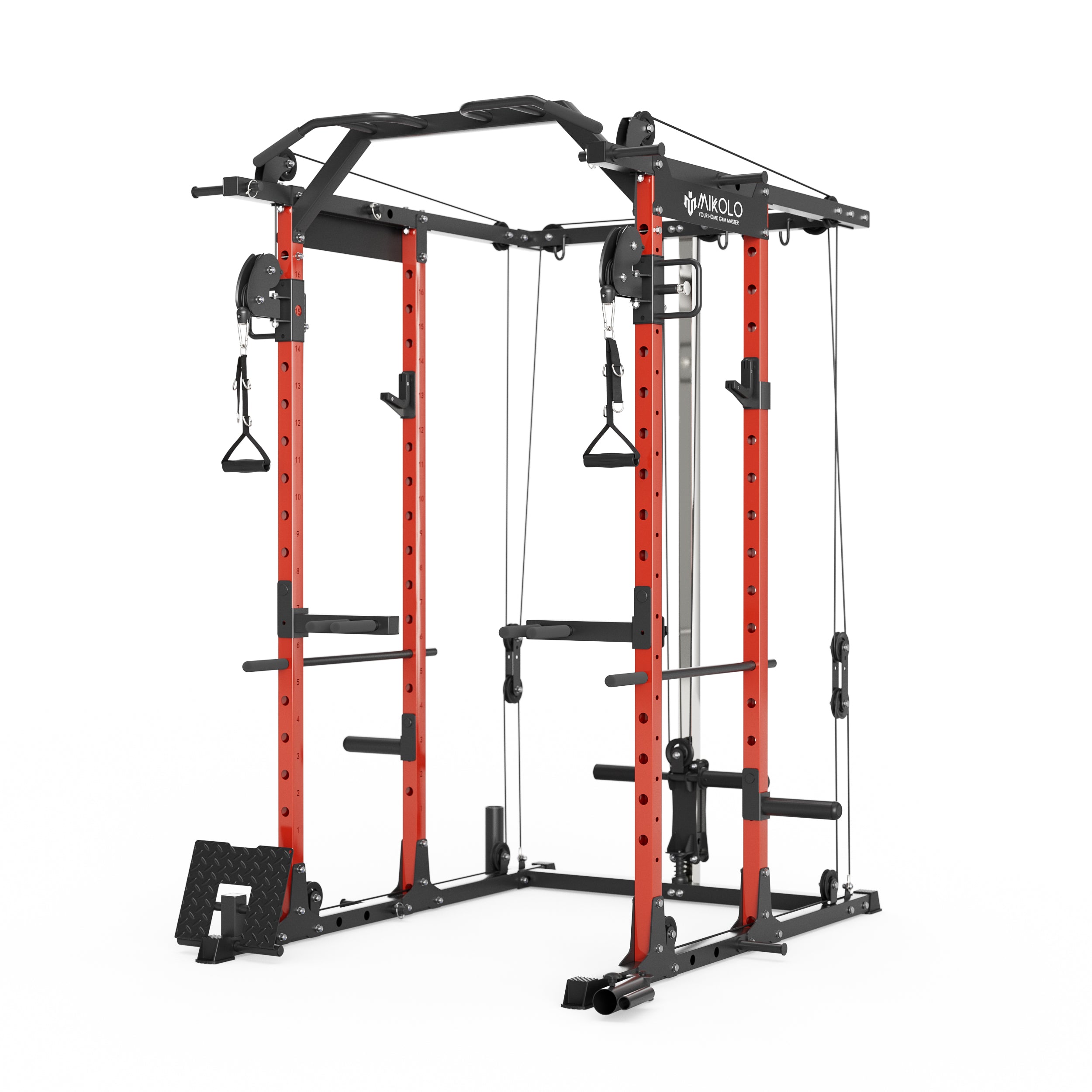
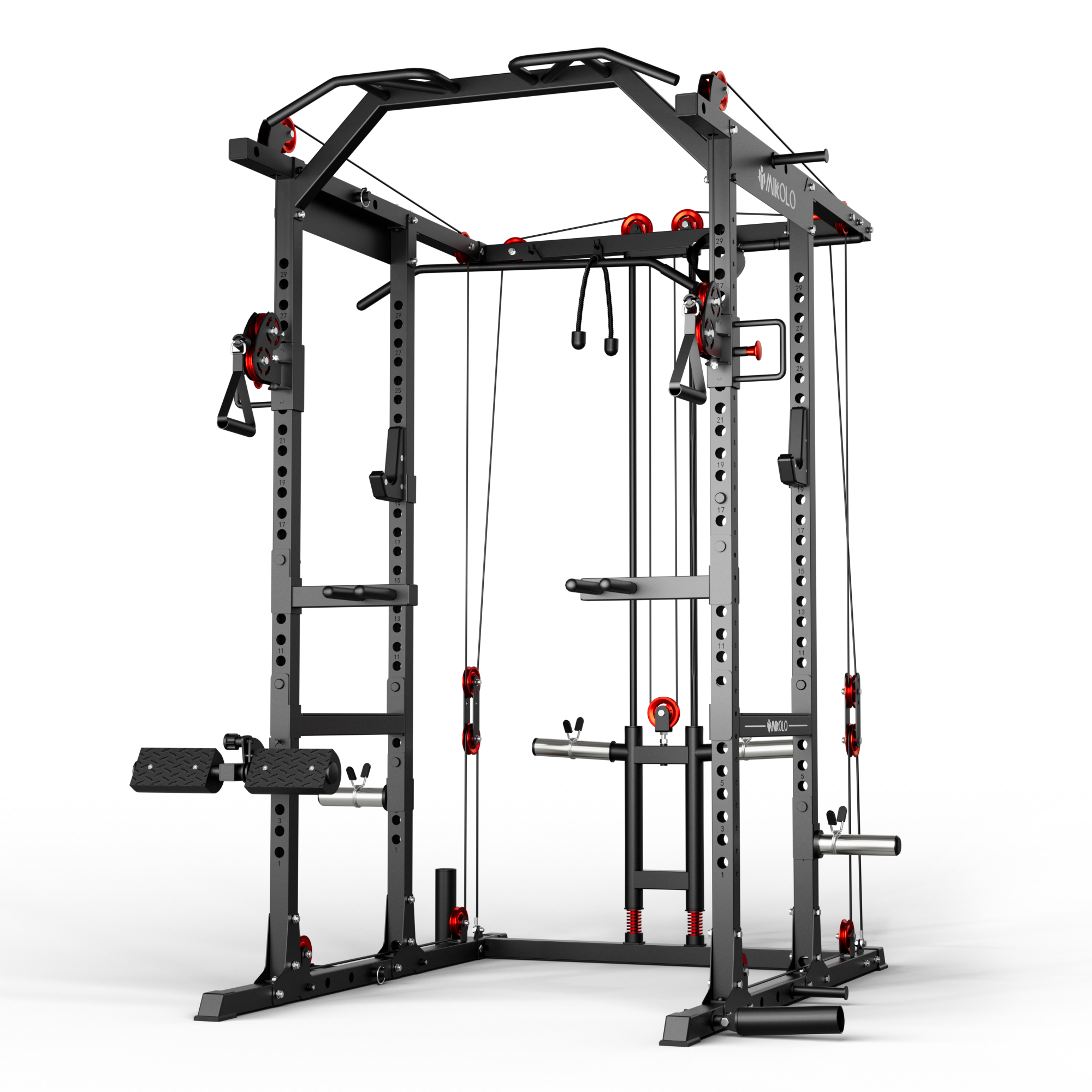

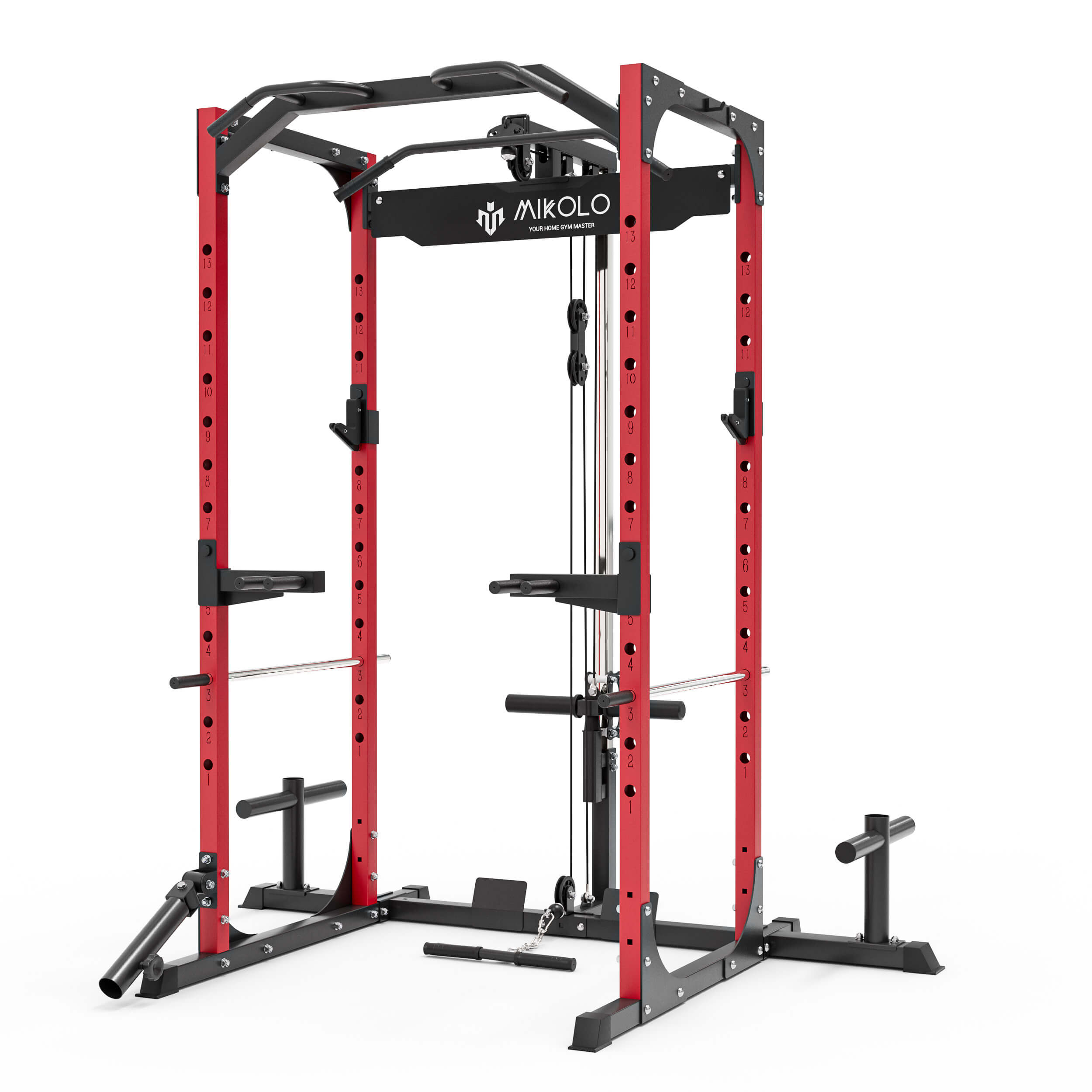

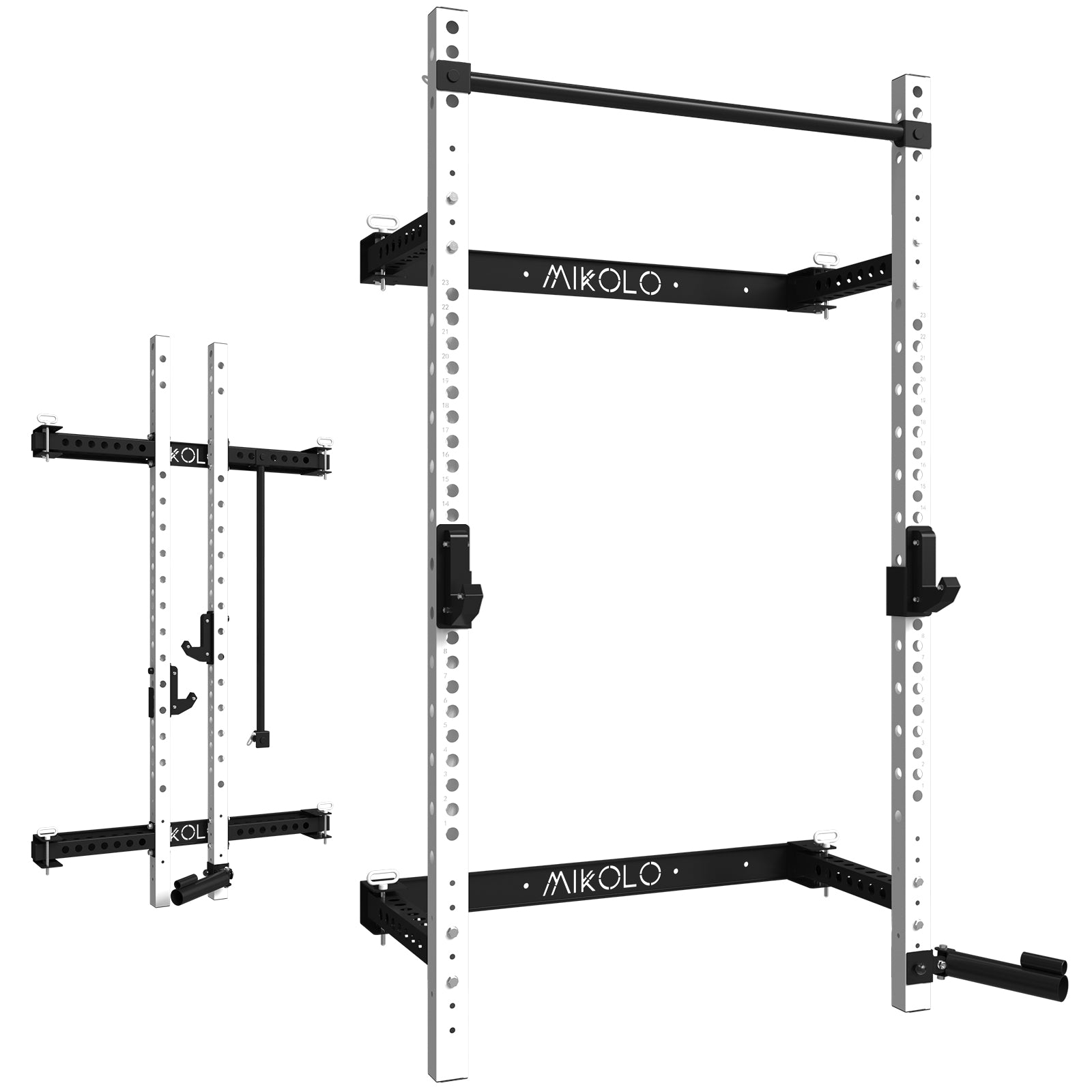

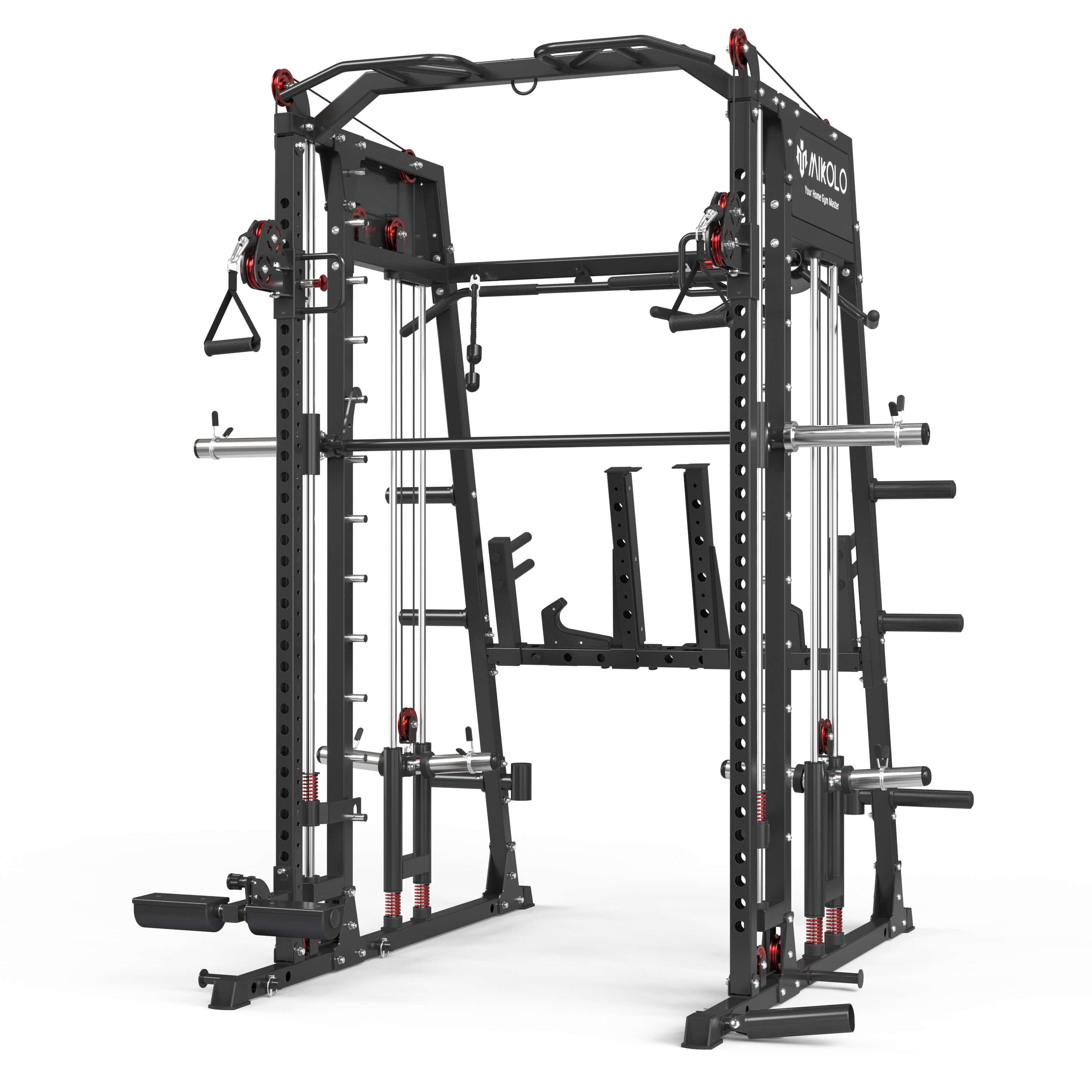
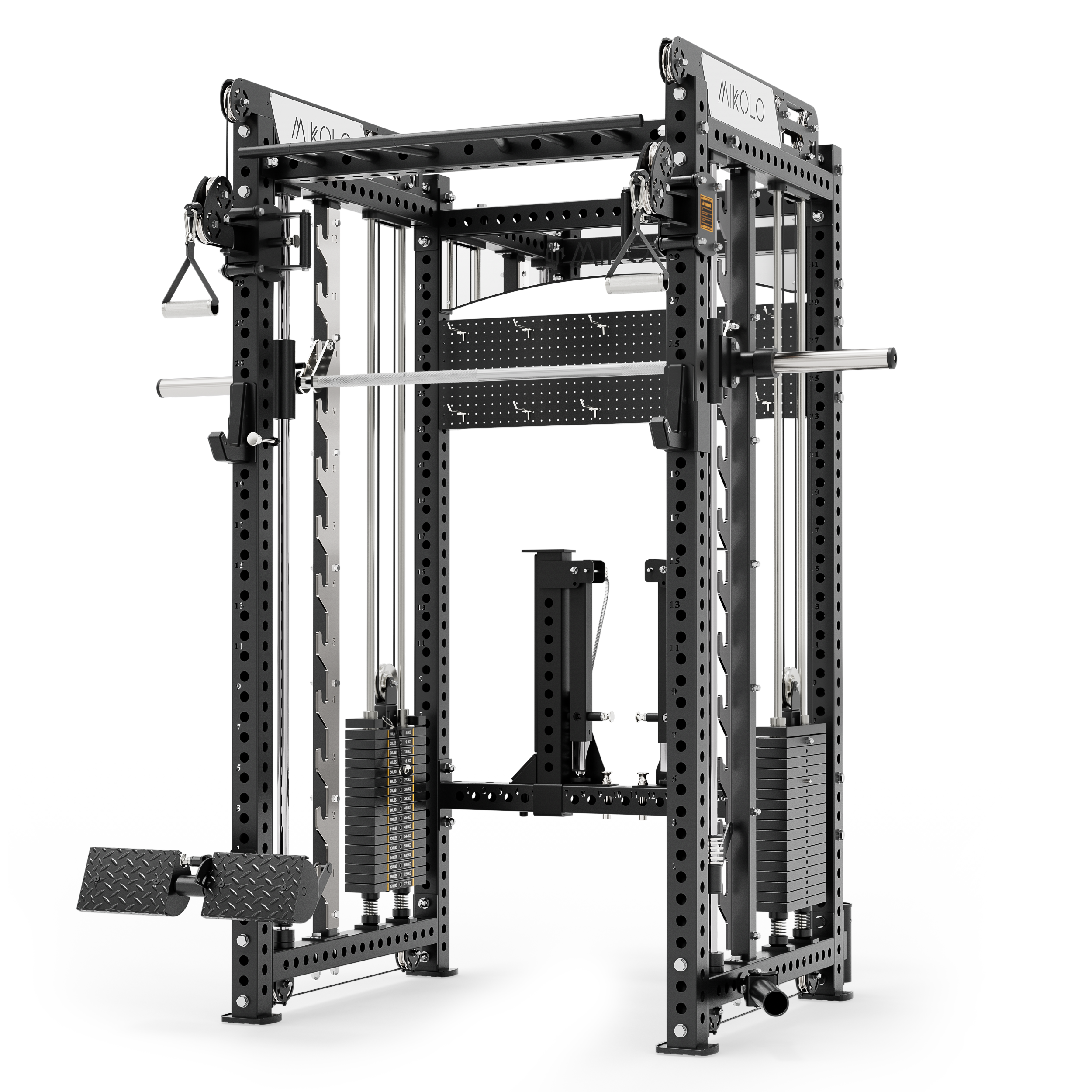
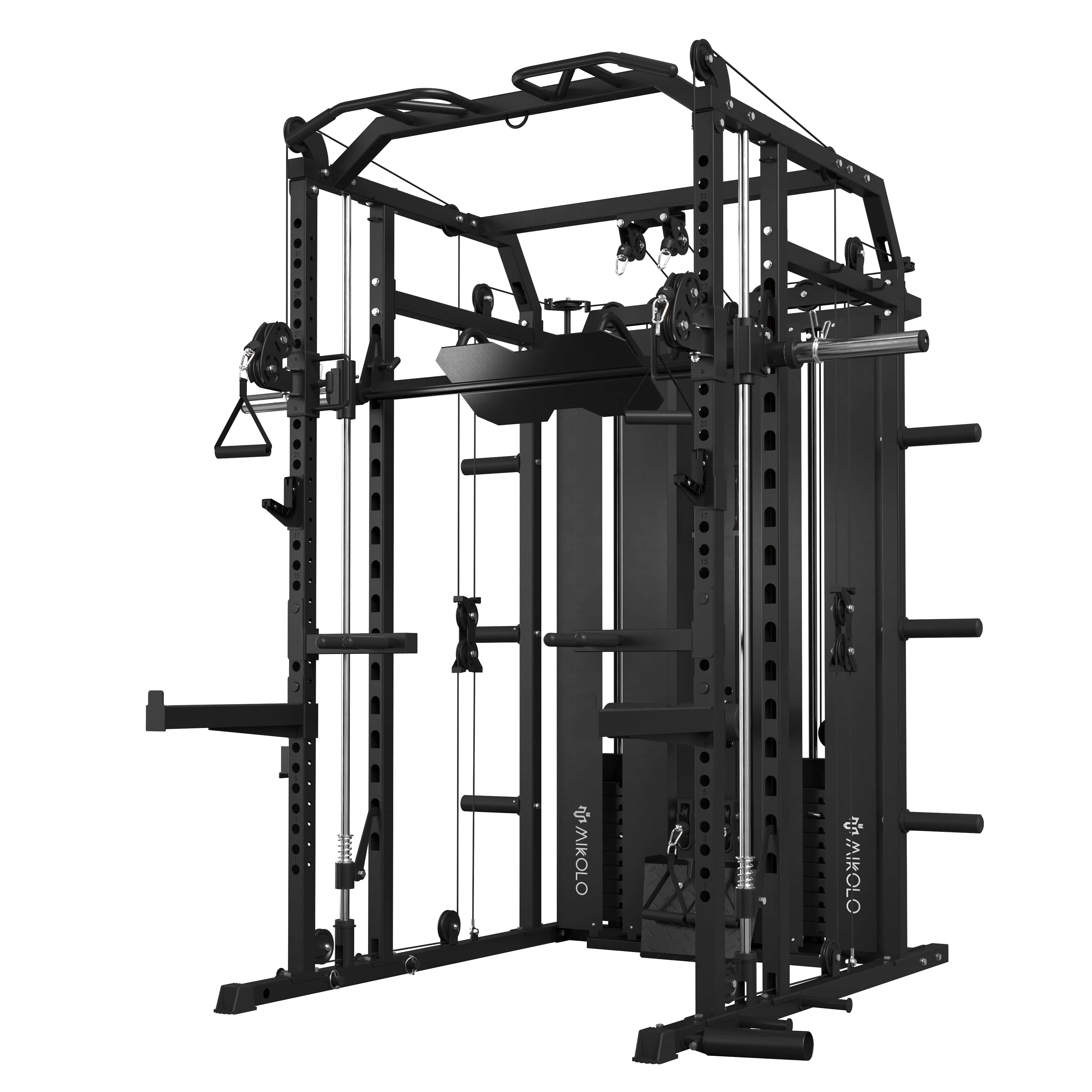
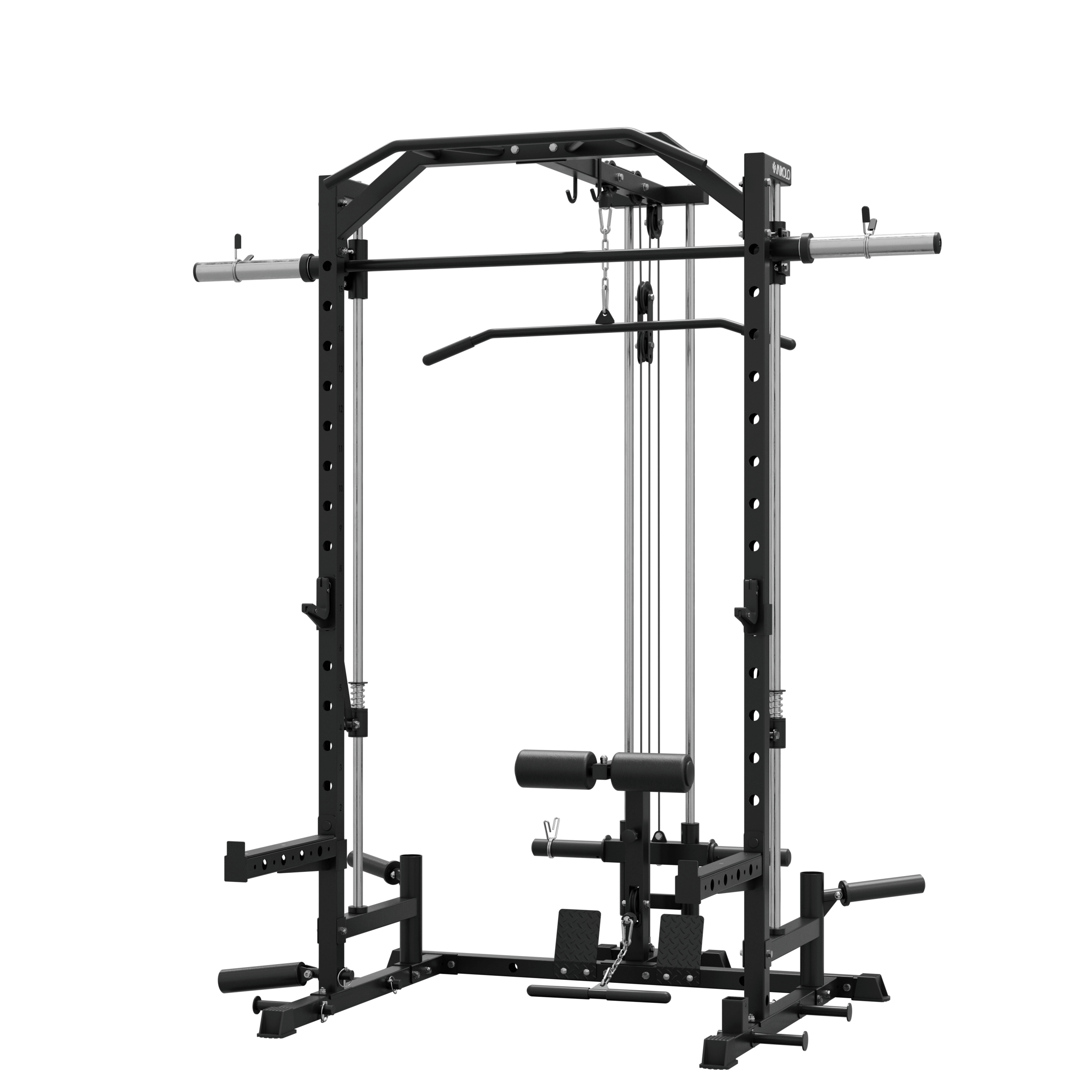
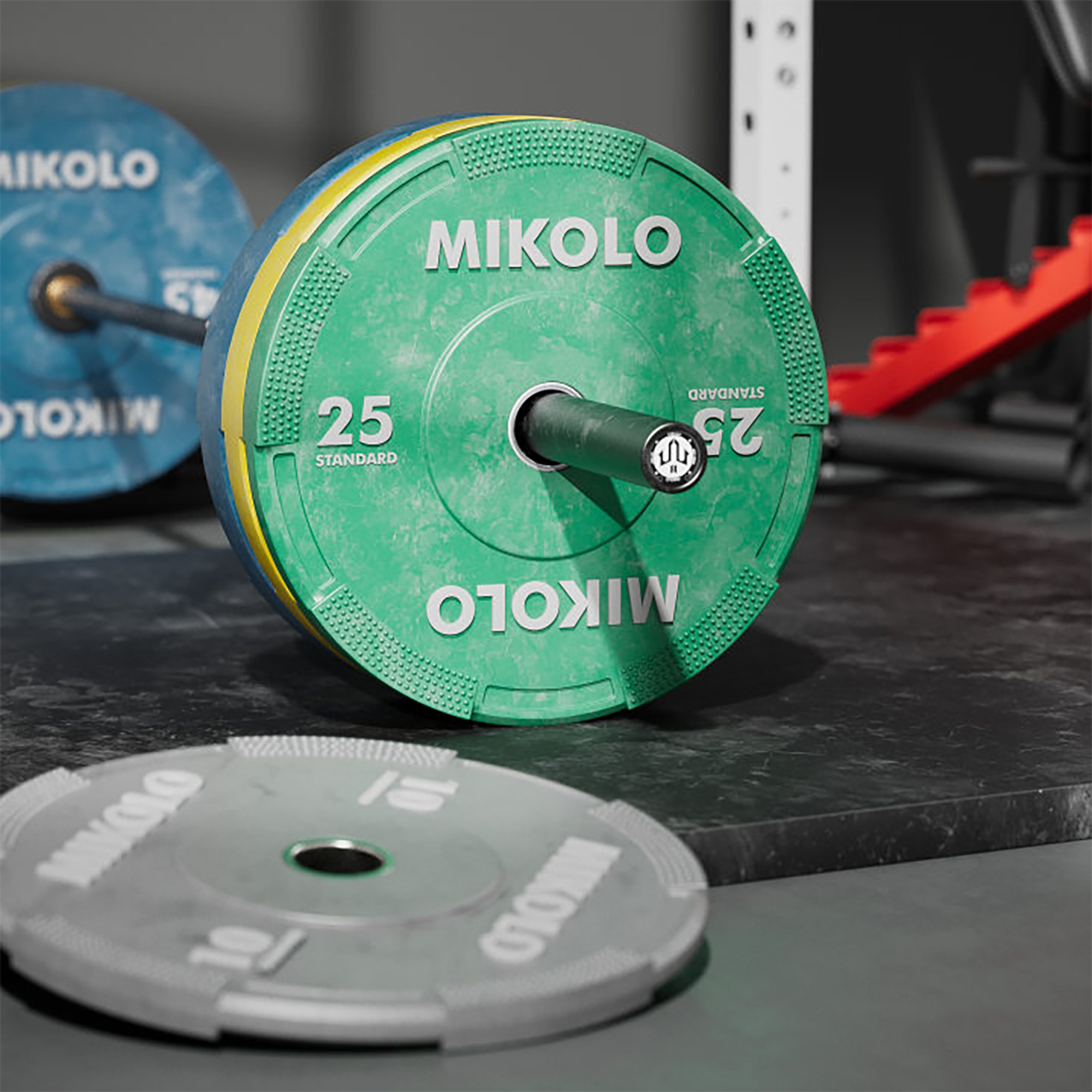






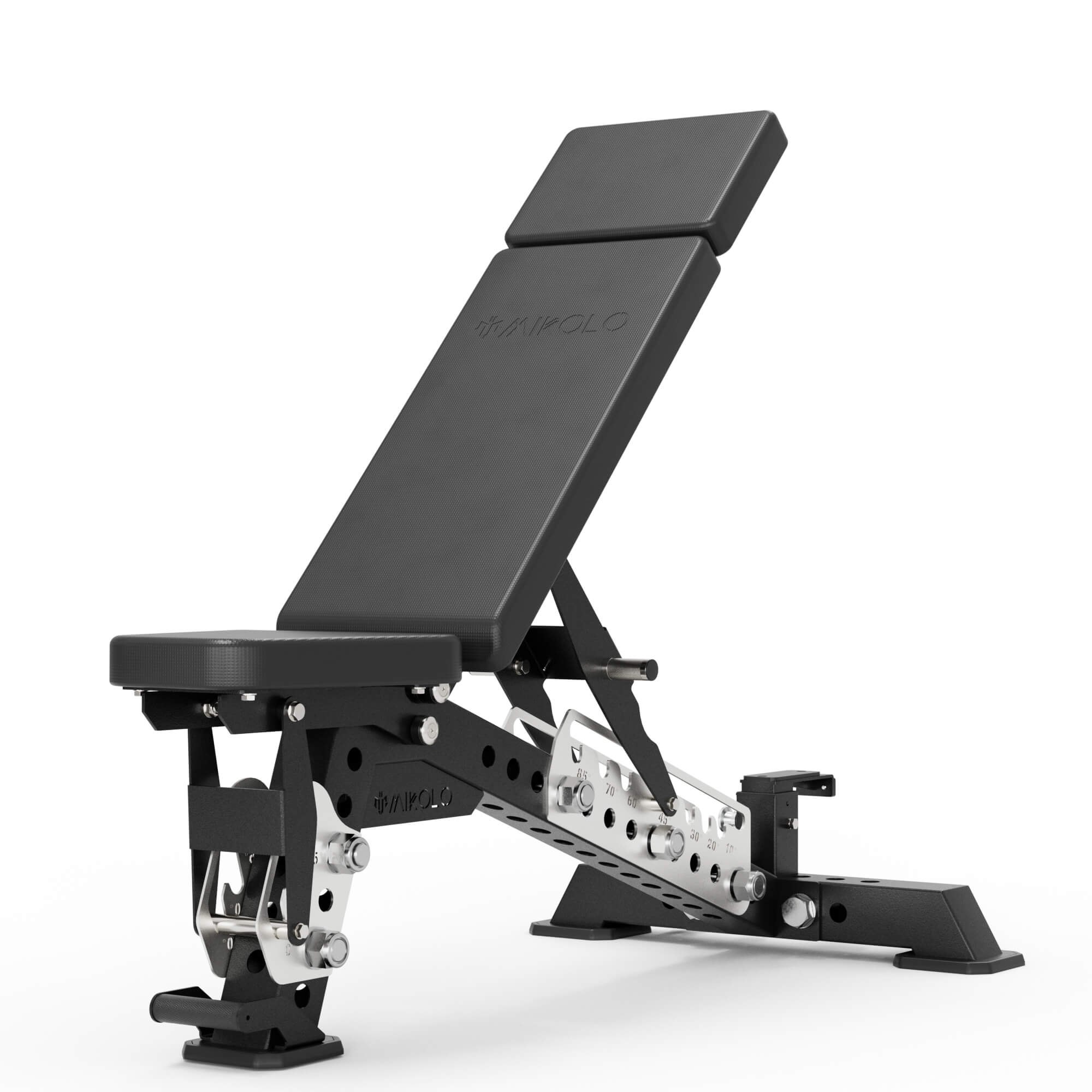
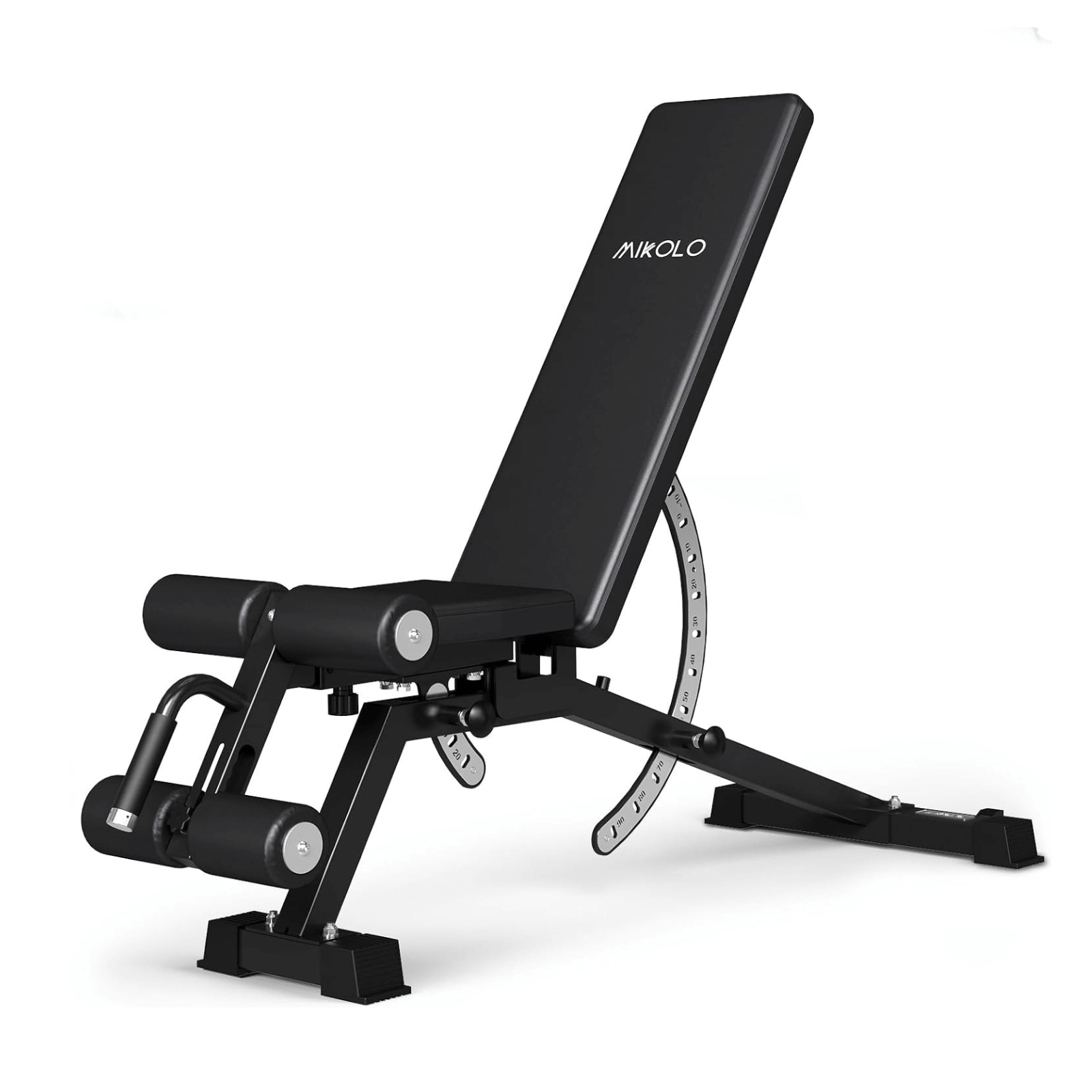




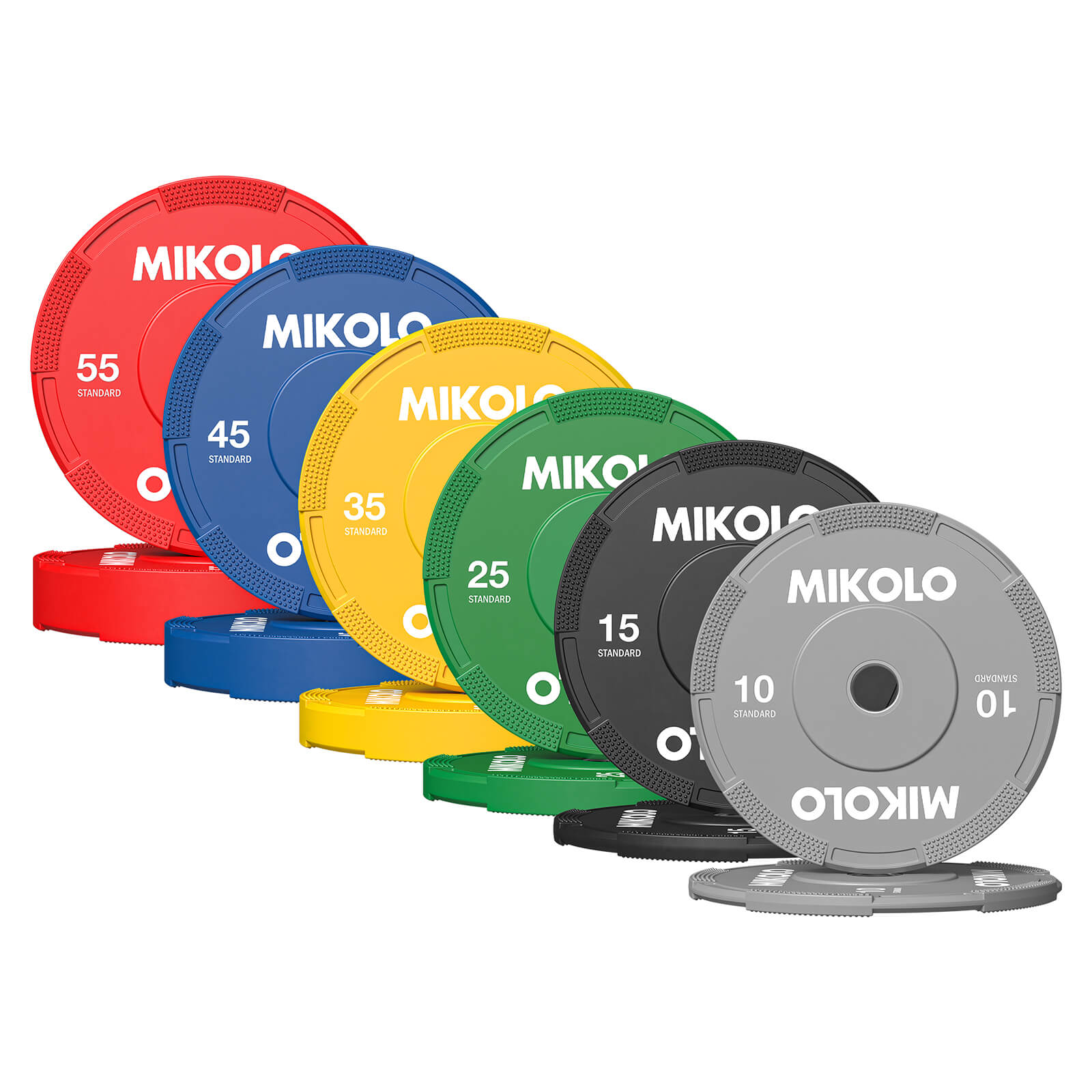
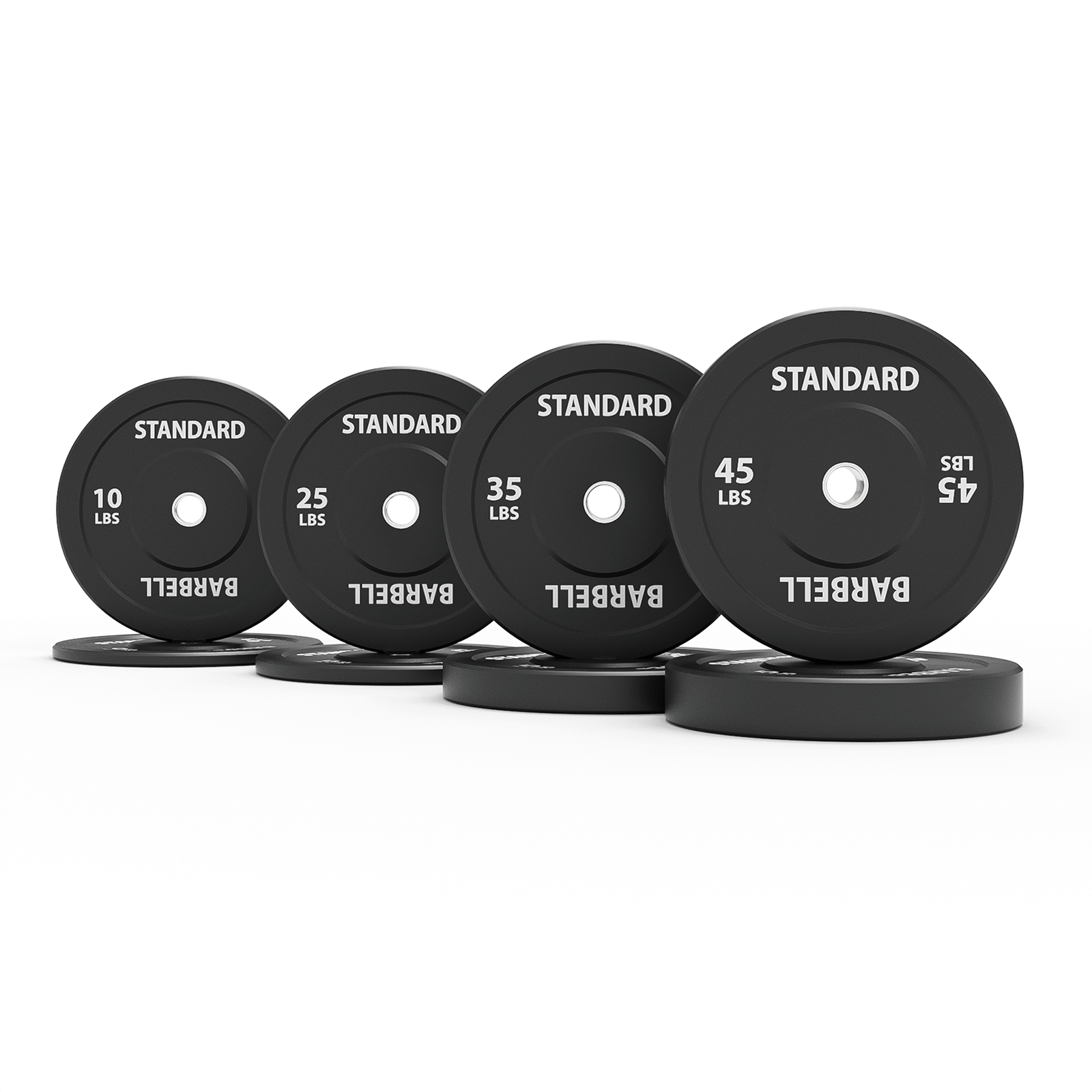
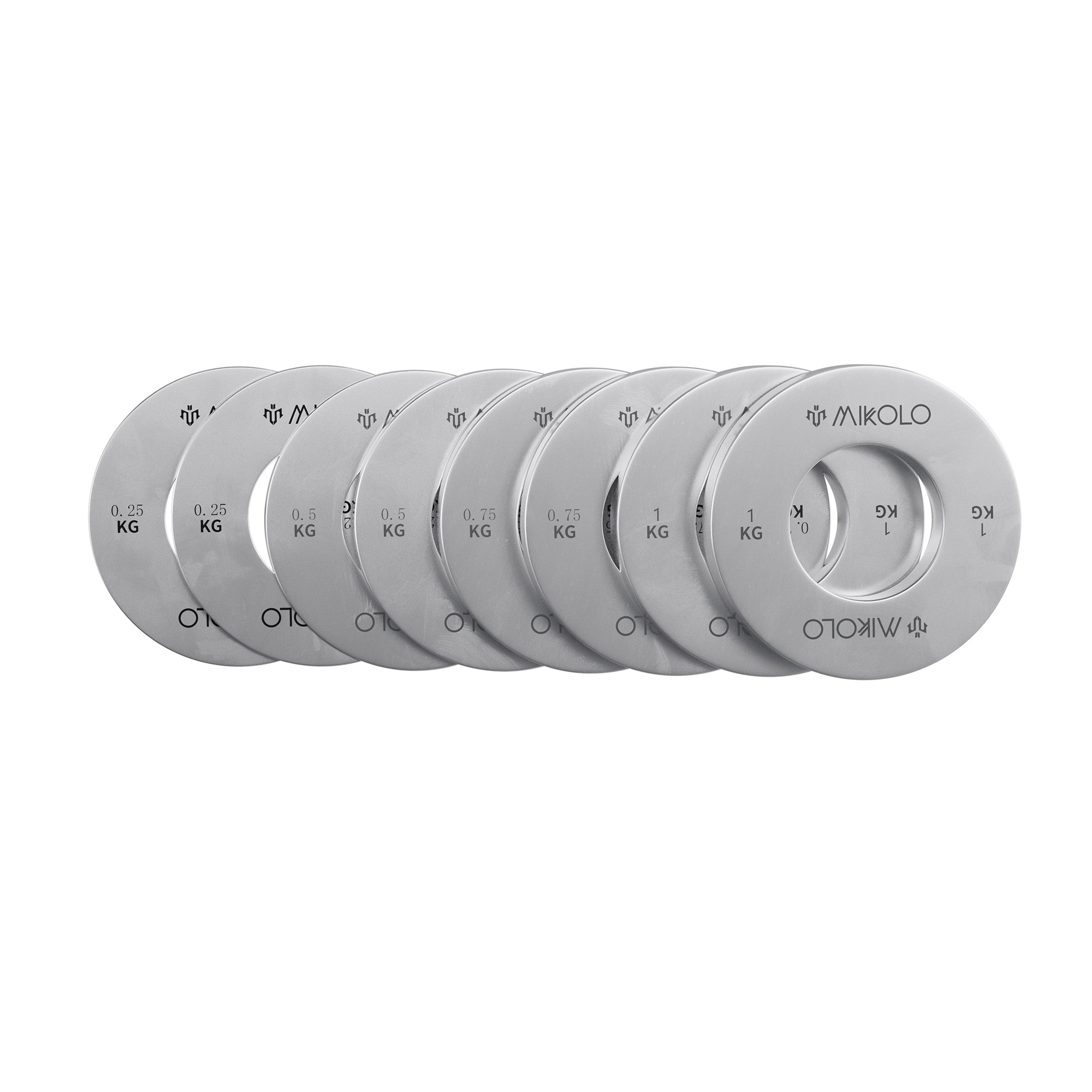




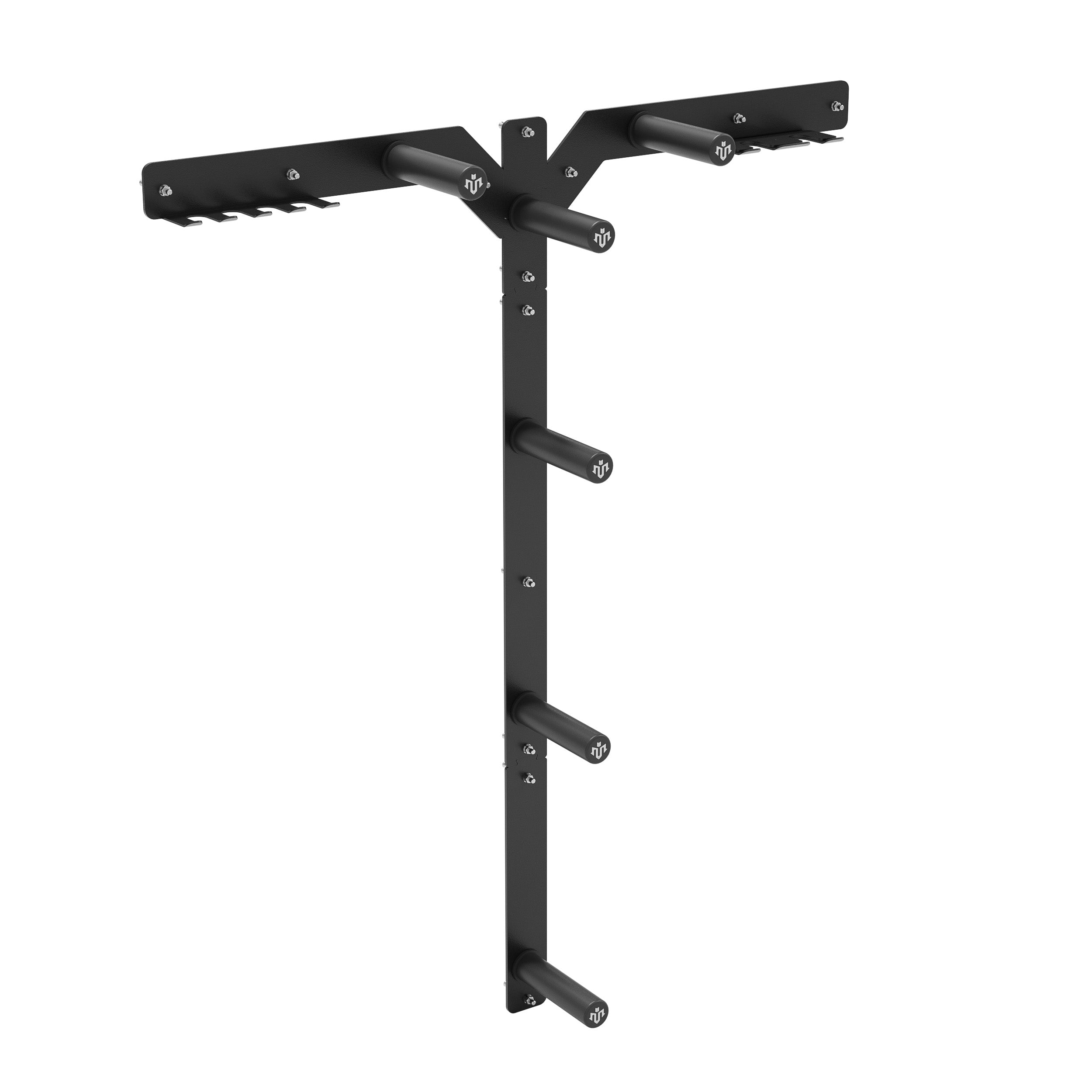




Leave a comment
This site is protected by hCaptcha and the hCaptcha Privacy Policy and Terms of Service apply.